The Thing(s) About Thomas More...
Here are the reasons I can't accept him as a reliable source.
The Princes in the Tower, as the two young sons of Edward IV are most often remembered, never seem to be far from the news. Their fates remain the subject of much scholarly study and heated debate. I’ve appeared at several events this year with Nathen Amin and Nicola Tallis discussing this very matter, and the appetite for the story seems insatiable.
In recent years, I have experienced an increasing willingness to countenance possibilities beyond the traditional. For centuries, their deaths in 1483 were considered a certain fact, and their uncle Richard III was deemed the most likely culprit. For many, that remains the case today, but I think there has been a shift to a less definitive, more open-minded approach to the mystery, which I find very welcome. I’ve never tried to present the case as conclusively resolved to the satisfaction of all. For me, the only wrong answer is a closed, absolute one. This is partly because I don’t think any evidence will ever decide the case in a universally accepted way.
In recent years, I think there has also been an effort to push back against the exploration of theories beyond murders by Richard III in 1483. It’s no secret that I’m fascinated by scenarios that I find compelling, in which both boys survived the reign of their uncle Richard III and were never in danger from him. To some, that remains a risible suggestion.
Those keen to scaffold and protect the traditional view are increasingly relying on the most famous (infamous?) early account of the murders on Richard III’s orders. This account was penned, in part, by Sir Thomas More, who was prominent at the court of Henry VIII until his fall and execution in 1535. I’ll get to my (long, long) list of problems with relying on More as anything like a primary source in a moment.
For those who feel More is a credible source for the events of the period, there are reasons to give him credence. More was a significant figure in London society and then at court. He had connections to some of those close to the events of 1483. He began to write in the early 1510s, around 30 years after the events. Whilst he was only 5 years old at the time, there were plenty of people still alive for whom 1483 was a memory More could access.
As a lawyer, he possessed an enquiring and analytical mind trained to seek, sift and make sense of evidence. More proved himself a man of conviction. His execution resulted from refusing to recognise Henry VIII as the Supreme Head of the Church of England. Would such a man fabricate his murderous story of the reign of Richard III?
I’d say yes, but not in a dishonest way. There are several problems with More as a source. Firstly, as already mentioned, he was 5 years old at the time of the events of 1483. He witnessed none of them, so it, at best, a secondary source. It is true that More had access to some of those involved in the events, but by the time he was writing, the murder of the Princes at Richard’s hands had become the accepted narrative.
If More sought information, those at the centre of politics had at least two reasons to toe the party line. As the unofficial official story of the Tudor regime’s rise to power, who, early in the reign of Henry VIII, would seek to destabilise the regime by countering the tale? Furthermore, anyone involved in Richard III’s government, as many of the senior nobles and officials of London had been, would want – would need – to distance themselves from that regime. It had been painted as evil to justify the Tudor seizure of the crown, and it needed to stay that way. Who would realistically defend Richard III in the 1510s? Who would associate themselves with his reign in a positive way and perhaps reveal that he was innocent of the greatest crime of which he had been accused? Is it, therefore, surprising that what More would gather in the 1510s would present an image of a wicked, child-murdering monster? It isn’t. The question is whether that’s because it’s true or because it was made the truth.
Aside from his sources, there is a significant issue with the reason that Thomas More wrote his History of King Richard III. Historical non-fiction was not a literary discipline for Sir Thomas More or those who followed him for a long time, as it is today. A good example can be found in Gulliver’s Travels.
Much of Jonathan Swift’s seminal ‘Travels Into Several Remote Nations of the World, in Four Parts, by Lemuel Gulliver, first a surgeon and then a captain of several ships’, or Gulliver’s Travels as it is more popularly known, is metaphor and allegory. Swift had lived through the troubles of James II’s dalliances with Catholicism, the Glorious Revolution and wrote his work during Queen Anne’s reign. He didn’t get on with Anne and was denied political and clerical advancement, spending time in Ireland, where he took up the Irish cause, writing propaganda pamphlets for them.
When Gulliver extinguishes the fire in Lilliput by urinating on it, the intention may have been to refer to Tory policy, achieving a good result by foul means. The war that rages between Lilliput and Blefuscu revolves around which end of an egg should be cracked to eat it. Gulliver takes up the Lilliputian cause simply because he lands on their shores.
This is undoubtedly a thinly veiled stab at the religious turmoil that still reared its head in Britain and Europe. The fighting between Catholics and Protestants over how to worship God is like arguing over which end of an egg to crack. It doesn’t matter – you still get egg. The same could apply to political feuding. The side most take is an accident of birth, simply a matter of which shore you wash up on.
Swift draws on a long history of allegory to indirectly make political statements. The Pilgrim’s Progress by John Bunyan, written in 1678, almost 50 years before Gulliver’s Travels, is a classic piece of allegory of the spiritual journey of man. In many classic pieces of literature, commentators have seen allegories used to represent the politics of the writer’s day or to make a moral point within the vehicle of the story.
Sir Thomas More’s History of King Richard III was begun around 1513. More had first come to prominence in a parliament of Henry VII’s in 1504 when he had criticised the king’s policies. At the request of a tax of three-fifteenths, More made so eloquent a speech in opposition that the tax was reduced by about two-thirds. The victory for the idealistic and outspoken lawyer saw his father imprisoned in the Tower until he paid a hefty fine. Perhaps Thomas learned he could not be so direct in his criticism of the monarch.
Amongst the first acts of Henry VIII on his accession in 1509 were the arrests and subsequent executions of Richard Empson and Edmund Dudley, his father’s chief instruments of financial policy towards the end of his reign. They were unpopular, and Henry thought he would buy instant acclaim with their blood. It was an early glimpse of a disregard for human life that suggested tyranny at the very outset of the eighteen-year-old’s rule.
More perhaps envisaged his work as a piece of allegory for the king to show the dangers of tyranny and how it could cut a rule short. Richard III was an obvious personality to hang over this lesson. He had only reigned briefly and had been painted as an unpopular tyrant by the Tudor regime. More might have meant his work to be a lesson for the new king on the dangers of veering so close to tyranny so early in his rule.
Joseph M. Levine wrote, ‘For the humanist rhetorician, it was poetry and history along with oratory that furnished the models for expression and the fund of examples that constituted political wisdom’. As a Renaissance man, Sir Thomas would have been interested in Roman classicism. Allegory allowed a writer to direct criticism and comment at the establishment of the day in an indirect way that could always be denied.
It is essential also to consider that More never completed his History of King Richard III. Just after detailing the murder of the Princes, More set down his pen and never returned to the work. When he started writing in 1513, he was serving as Undersheriff of London. He was about to embark on a career in royal service as a close friend to Henry VIII, which perhaps precluded even allegorical criticism of the government. Why snipe at it in writing when he could try to change the system from its heart? That may, at least, have been the idealistic notion. We only know of More’s version of the events of 1483 because his nephew, William Rastell, edited and completed the story, publishing it in 1557, over twenty years after More’s execution.
Much of what has become the historiography of Richard III was most likely written as allegory but has been passed into culture as truth, as literal history. The moral tale is forgotten or ignored to read only what we would describe as a history, a narrative of the facts of a past that can be interpreted within the confines of its own limits. Thomas More wrote his History of King Richard III and Shakespeare his history plays at a time when written history was not what we would recognise it as today.
The next thing that screams out from the opening lines of More’s work is an error, unabashed and uncorrected. We are informed in the very first sentence that ‘King Edward of that name the Fourth, after he had lived fifty and three years, seven months, and six days, and thereof reigned two and twenty years, one month, and eight days, died at Westminster the ninth day of April’. Edward IV died nineteen days short of his forty-first birthday.
This glaring error is frequently excused by the suggestion that More must have meant to fact-check his work later. This proposition is usually made by the same readers who insist that More was a meticulous, trustworthy man who would not have lied nor scrimped on ensuring the veracity of his writing. These two arguments appear to me to be mutually exclusive. This is the first sentence of More’s work. Would he really have guessed, giving such a precise figure that he didn’t know was correct, as the first words of his work?
Edward was king for twenty-two years, one month and five days (ignoring his brief sojourn in Burgundy), so More shows us that he can get these things right if he wants to (albeit still 3 days out). Why not insert a placeholder of ‘about fifty-three years’ or a gap to be filled in when the correct number could be found? The number of years is wrong, the number of months is incorrect, and the number of days is inaccurate. How could this have happened?
Much of More’s narrative is openly acknowledged as rumour and gossip, yet some remain keen to accept it as fact. On the death of Henry VI, More wrote of Richard III that ‘He slew with his own hands King Henry the Sixth, being prisoner in the Tower, as men constantly say, and that without commandment or knowledge of the King, who would, undoubtedly, if he had intended such a thing, have appointed that butcherly office to some other than his own born brother.’
More only reports rumour – ‘as men constantly say’ – and the claim that Edward IV was unaware that Henry VI was to be killed is ludicrous. It remains possible that Richard, as Constable of England, arranged the death and perhaps even carried it out himself, but Edward must have given the order. If he hadn’t, where was the punishment or censure for unauthorised regicide? Even when they aren’t verifiable errors, numerous aspects of More's account don’t add up.
Key amongst these is the claim that exists only in More that Sir James Tyrell confessed to his part in the murders of the Princes in the Tower. He claims, ‘Very truth is it, and well known, that at such time as Sir James Tyrell was in the Tower – for treason committed against the most famous prince, King Henry the Seventh – both Dighton and he were examined and confessed the murder in manner above written, but to where the bodies were removed, they could nothing tell.’ I was once told that anyone who begins a sentence with ‘To be honest’ is probably lying, and ‘Very truth is it’ comes as close as possible to that.
There is no record other than More’s claim that Tyrell was ever even questioned about the murder of the boys, let alone that he confessed. The holes in the story are compounded when More writes of the killers ‘Miles Forest at Saint Martin’s piecemeal rotted away; Dighton, indeed, walks on alive in good possibility to be hanged before he die; but Sir James Tyrell died at Tower Hill, beheaded for treason’. Wait – Dighton walks the streets? The Dighton who confessed to murdering two young boys, two princes, with Sir James Tyrell? So, after his confession he was sent on his way? Surely, that is beyond ridiculous.
David Starkey has previously suggested that Elizabeth of York and Henry VII’s attendance at Tyrell’s trial at the Tower of London proves a connection with the princes. Henry and Elizabeth were at the Tower at the time of the trial. Why else but to find out the fate of her brothers? For this to stack up, we would need to ignore the fact that Tyrell was tried at the Guildhall.
The most recent documentary on the Princes in the Tower on Channel 5 saw Elizabeth of York’s itinerary used to try to reinforce this notion. After staying at the Tower, during what was a moment of national and dynastic crisis – Tyrell was arrested for helping a Yorkist claimant to Henry VII’s throne through Calais – the queen went to visit her aunt, Elizabeth, Duchess of Suffolk. The assertion is that the only explanation is that the queen had discovered the fate of her brothers and rushed to relate the news to her aunt.
Interesting, but unlikely.
The more natural thing to expect Queen Elizabeth to do might be to visit any or all of her four sisters if her news related to the fate of their brothers. Perhaps she might have gone to her half-brother, the Marquess of Dorset, with the revelation. Why ignore all of them and hurry directly to an aunt?
Given the context, the explanation for going to see the Duchess of Suffolk is simple. The Yorkist claimant who Sir James Tyrell was executed for assisting was Edmund de la Pole, the duchess’s son. It is more likely that the queen went to her aunt with news of Edmund, not the Princes. It’s possible she was also looking for information from her aunt about Edmund’s intentions or the rest of the family’s loyalties. I would suggest any conversation was probably about Edmund, not the queen’s brothers.
A couple of research articles by Professor Tim Thorton of the University of Huddersfield have aimed to prop up More as a source for the events of 1483. Whilst both discoveries are fascinating, and the papers are more nuanced and equivocal about the findings, they have been sensationalised and overstated in the media.
The first relates to a connection between Sir Thomas More and the sons of one of the men he identifies as a murderer of the Princes, Miles Forest. Although Professor Thornton concedes that it cannot be proven that the men in question really are Miles Forest's sons, some circumstantial evidence makes it plausible.
The assertion that they occasionally came into contact with Sir Thomas More is established but otherwise uninterrogated. There is an assumption that they were willing to tell the story they knew about their father to More for inclusion in his version of the event of 1483. This relies on the brothers knowing the story. When Miles Forest died in 1484, and Richard III granted his widow and son Edward an annuity, Edward’s age was not given, but there is a presumption that he was still relatively young. The younger sibling, Miles, is not mentioned at all, suggesting he may have been no more than a babe or even that he was born after his father’s death.
Assuming for a moment that Miles Forest took part in the murders, as More asserts, the Forest brothers must have been too young in 1483 to have known or understood what their father had done. How, then, did they come to know such a story? Their mother may have told them, or another close associate of their father, but to what end? If it was such a secret that no one knew of Miles Forest’s involvement until his sons told More, why perpetuate a tale that could only damage the family? Why would the Forest brothers have been willing to believe the slur on their father if it were related to them years later?
Assuming Miles Forest was involved in the murders, and his sons knew of their father’s crime, the next problem is their willingness to tell the story to Thomas More. As servants at court associated with Henry VIII and Thomas Wolsey but not with service to Thomas More directly, it is hard to unravel a circumstance in which they would have volunteered such a dark family secret to a virtual stranger, even if they were aware he was writing about the events of 1483. As Professor Thornton points out, both men continued a long and successful career, unhampered by their supposed willing association with the most heinous deed in living memory and beyond. Perhaps the sins of the father would not be held against the sons, but I am less confident that the risk would be one worth taking.
So, the connection is interesting but does not convince me of More’s veracity. Their affiliation in an official capacity gives no hint of the nature of their relationship. The brothers donating information to More that damned their father suggests a level of closeness, trust and perhaps even friendship that cannot be evidenced. If the Forest brothers were rivals during More’s rise, friendly or otherwise, they might have been eviscerated in his story in recompense for some trespass or perceived slight. It is hardly the act of a friend to accuse one’s father of the double murders of royal children.
The second assertion by Professor Thornton was part of the Channel 5 documentary. The show made claims that stretched far beyond Professor Thornton’s paper and is the subject of a previous article here.
Attempts to promote and reinforce Sir Thomas More as a reliable, primary source for the events of 1483 appear to be a reaction to the increasing credence being given in many quarters to the notion that Richard III may not have had his nephews murdered and that they may not have died in 1483 at all. Acknowledging this as a possibility opens a Pandora’s Box for the orthodox understanding and teaching of Tudor history. Keeping the lid on the box might be enough motivation to make leaps the evidence presented doesn’t support.
There’s no source relating to 1483 that is without problems. I’m picking on More because he’s being held up as proof of something he cannot prove. Other sources suffer from similar weaknesses. I don’t feel that I can offer any evidence that can prove the survival of the Princes in the Tower beyond any doubt, in the same way that I don’t think their murders can be proved to anything like that standard.
I think the weight of evidence is tipping the scales in favour of survival, but I don’t know that a piece of evidence exists that could satisfy all parties and create a settled, accepted view of the fate of the Princes in the Tower. I see the intense efforts to support More’s version of events as a reaction to the movement of that scale.
Here are a few links for further reading:
My book, The Survival of the Princes in the Tower
Professor Thornton’s papers:


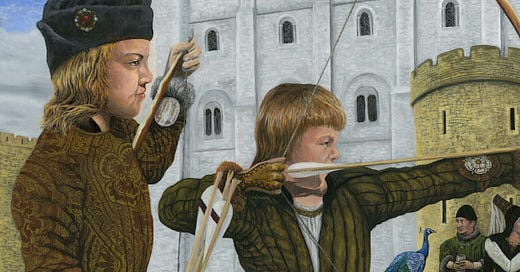



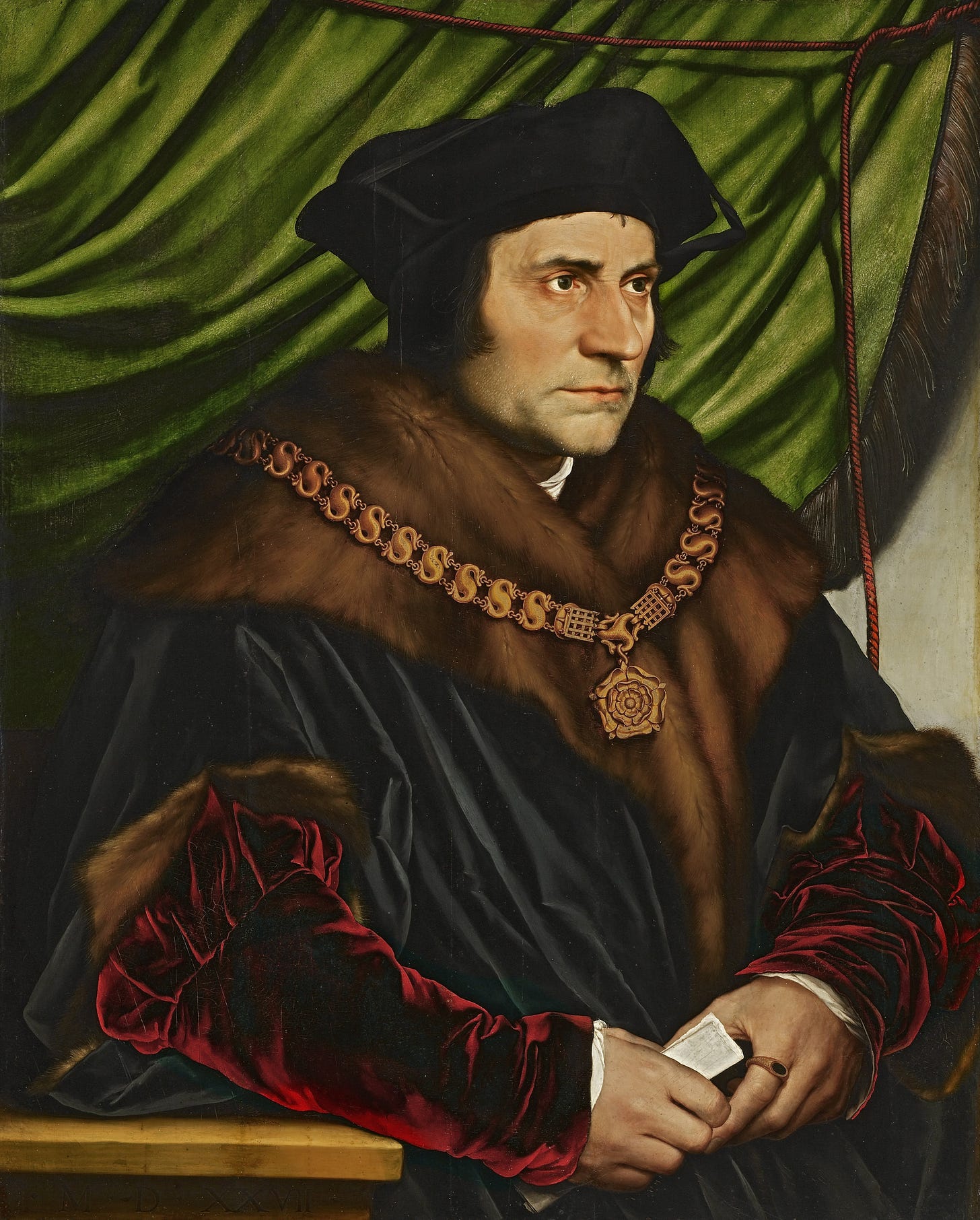
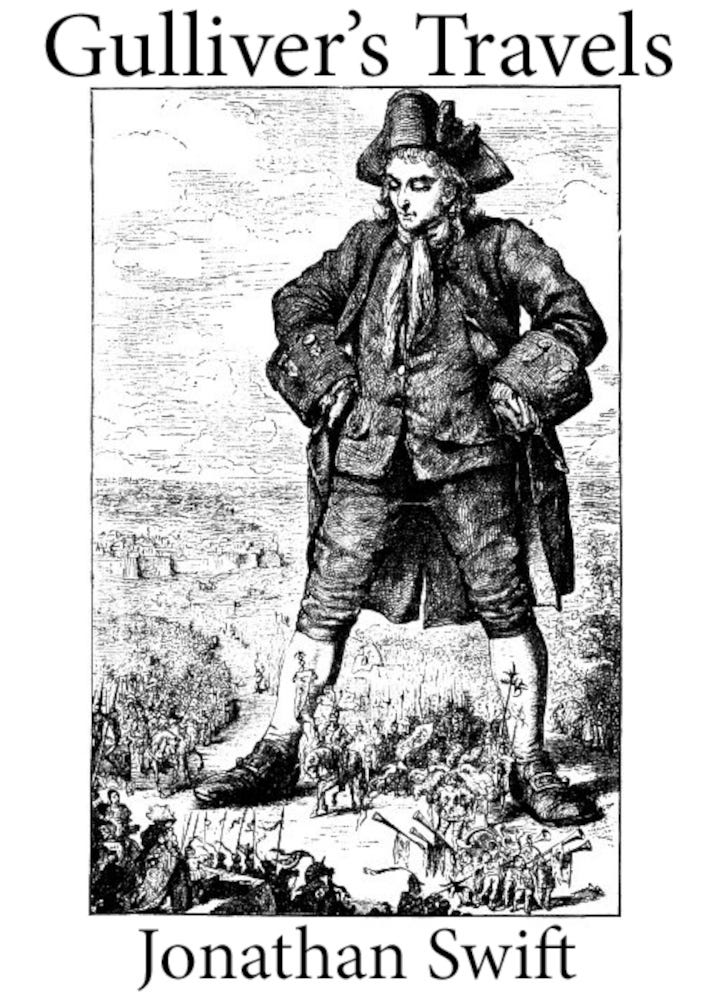
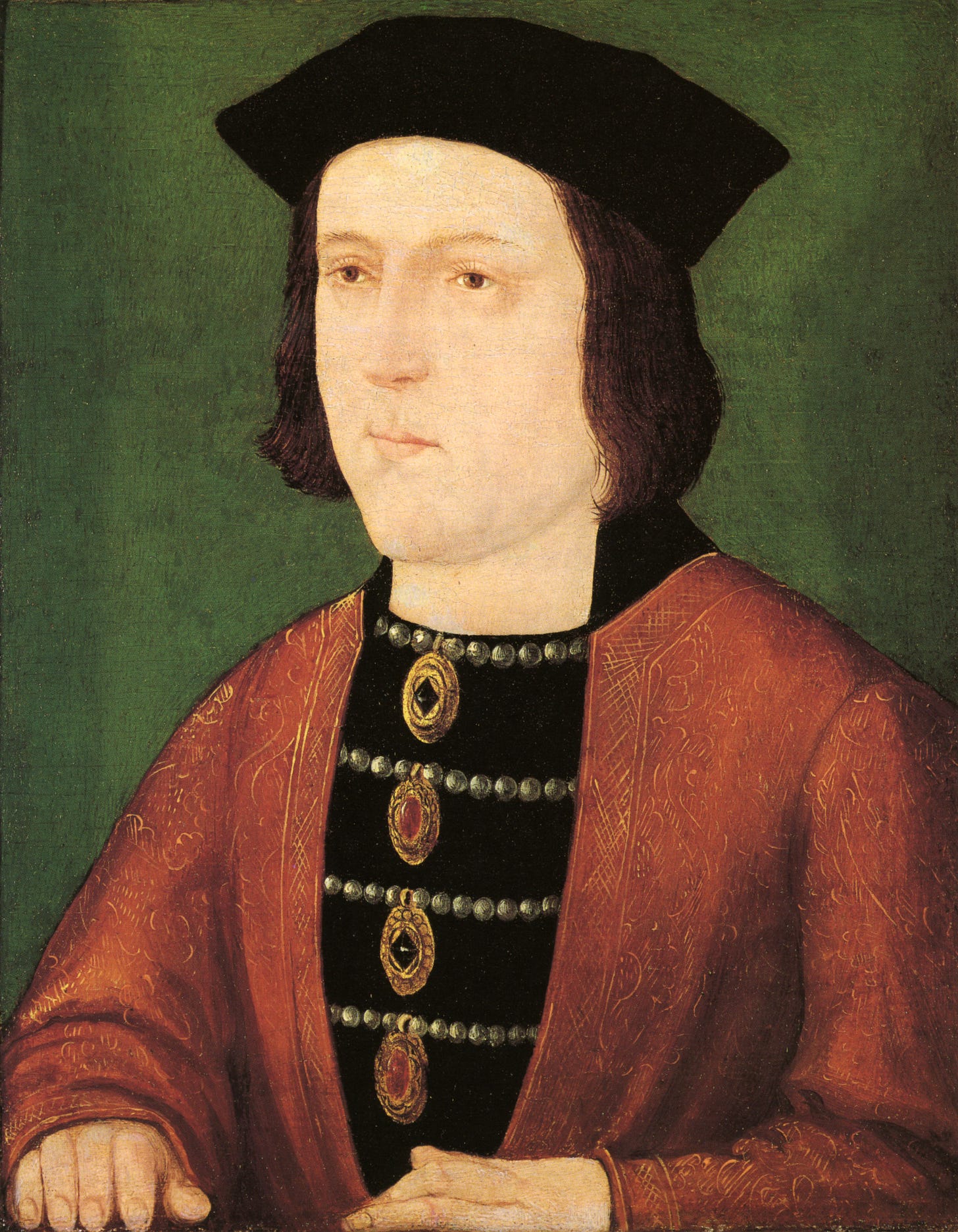
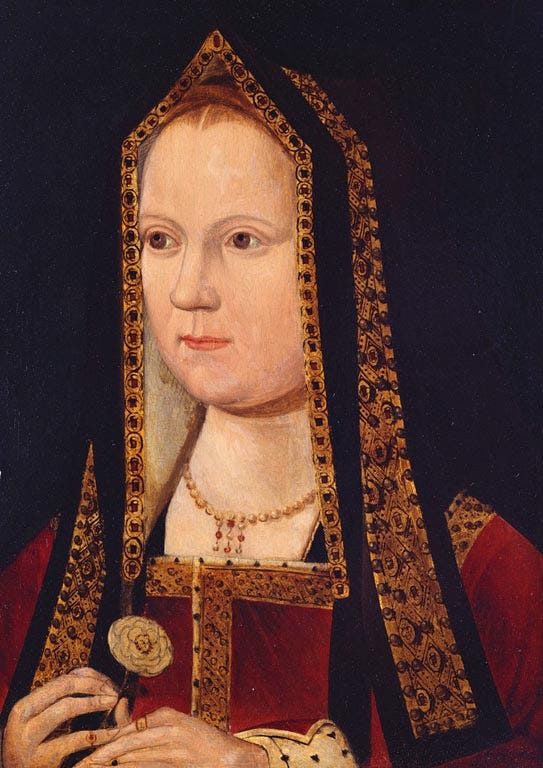
Thomas More wasn't a mere Tudor lacky, he was persistent in trying to find the truth of a matter, in the case of his history, he wasn't able to do so and he says so in the text which maybe some people should actually read. He says he is being told the tale but cannot confirm the truth of it. There are several contradictions in it and unfortunately he never returned to them, leaving a very frustrating piece of work. What is needed is a scholarly study and accessible addition in light of that study such as was done for Lancelot de Carles poem on Anne Boleyn, for years dismissed because it gives us controversial information and hints at her guilt. The discovery of several new verses tells us something very different. The work of Joanne DellaNova is something I recommend if you are interested.
I am diverging I know. But it's another example of how 16th century texts are often misunderstood. We don't understand them so we either dismiss them entirely or we take them as ultimate truth. More was basically honest and he was constant for the most part in his work. But More was a radical. He had several beliefs contrary to the political reality in which he lived. He believed in the highest education for both sexes available and ensured his children, 3 girls and one boy and his wife Joan or Jane, took advantage of it. He told his children to treat their partners equally. His Utopia was an international best seller and yet it proposed systems of government to give most leaders nightmares and religious tolerance. More was anything but tolerant of heresy and neither was anyone else. He wrote fiercely against it, he even tried and condemned 3 heretics. Yet, he allowed his dtr to marry Will Roper while the man was still spouting reformed ideals. Roper changed his mind but More gave up trying to convert him, telling Meg she was responsible for him. He even proposed free speech in Parliament in 1522. He had plenty of contractions in his life to keep Henry on his toes. More was a humanist and Meg translated Erasmus, something dangerous at the time, yet her work was popular internationally. So his Richard iii isn't a piece of history, it's mostly allegory and perhaps even morality. We should not be seeing history in it, but More did get his information from somewhere. The question is, are his sources reliable? I doubt it. It's problematic and maybe it wasn't even meant to be finished. Maybe More wasn't satisfied with it. We don't have a confession from Tyrell and he was tried for treason for suspicion in his role in the Edmund de la Pole affair. Tyrell was a Knight and technically he should be beheaded but it wasn't guaranteed. A full traitors death awaited him and it was up to the King to do that. Henry Viii did it most often with people he had once been fond off, including More himself. We are told that Henry vii now decided to blame Sir James Tyrell for the murders of the Princes in the Tower. Henry probably needed closure and here was an opportunity. After several pretenders to his throne, who can blame him? The problem is, the tale only comes to us in Thomas More's history. We don't have any contemporary account to back it up. Henry and Elizabeth were in the Tower at the time of the trial, which was at the Guild Hall. This was what any King did if they were anxious about a trial, which was a foregone conclusion in most cases. Perhaps they were concerned about what he might say and wanted news as soon as possible. Going to the trial might look as if they were interfering. Being somewhere nearby they would be secure and get news soon as well. One might say they wanted the correct outcome.
Tyrell didn't even guard the boys. He was with Richard in York when they vanished. He returned to London on a specific order, for a very short period of time, which some say was to kill them. I find that too obvious. Why kill them at a time you are making your own son Prince of Wales? That is bound to look suspicious. Didn't he return to collect the robes of state? The tale gets very messy the more you probe. Found under stairs 10 metres down more or less disqualified the bones in the Urn. If we are now saying More history is fact, he said they were moved the next day. As for the wonderous magical chain in the will, interesting but it could have come into the family Capell by several means. It is more likely someone gave it as collateral in a debt and couldn't pay the debt. The chain or collar was then family property. How come this clue to murder wasn't mentioned by Thomas More if it really was given by Edward V or taken as evidence of his murder? The Will is made in 1516 so when the History was "finished" or rather left, it was 1518. He probably would know of such a thing, surely being a lawyer. It was in 1522 that the Will was proved, making it public. Why didn't someone come knocking on the door making enquiries as to how this Will arrived? It's all very suspicious. And now it's propping up the traditional narrative and no questions asked? Even Professor Thornton was more reserved than that. Read all of the articles, they are well researched but ask loads of questions. I don't think much has changed TBH. I am not fully convinced by either side. There's still a lot more work to do before this case is proved and it probably never will be. I do lean more towards the Richard didn't do it camp, but it's always a possibility. It's simply case unproven.
Thomas More was a Tudor lackey. His job was to give the Tudor dynasty credence and to destroy Richard III's claim to the throne. He did a good job at both. Regardless of the fact that Tudor Henry VIII executed him anyway and the story of his ending is sad, he should have stood up for the truth a lot sooner, IMHO.